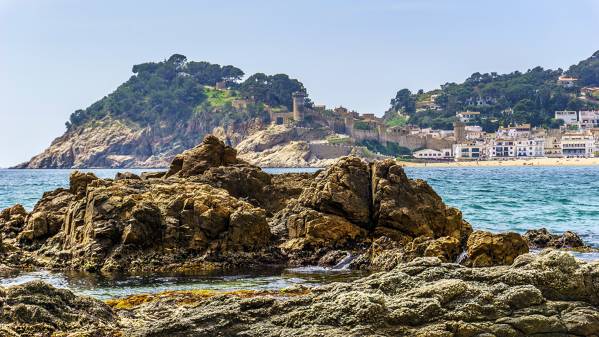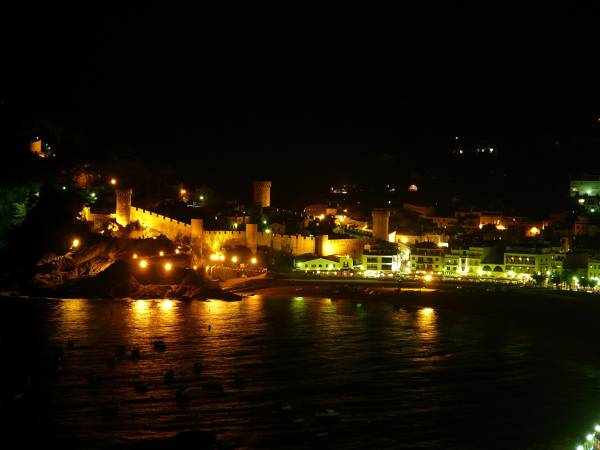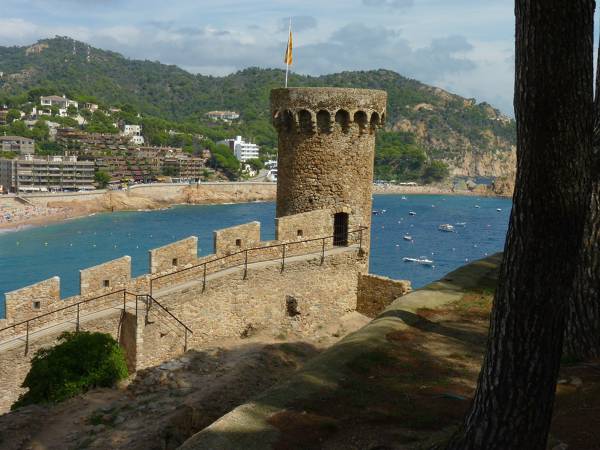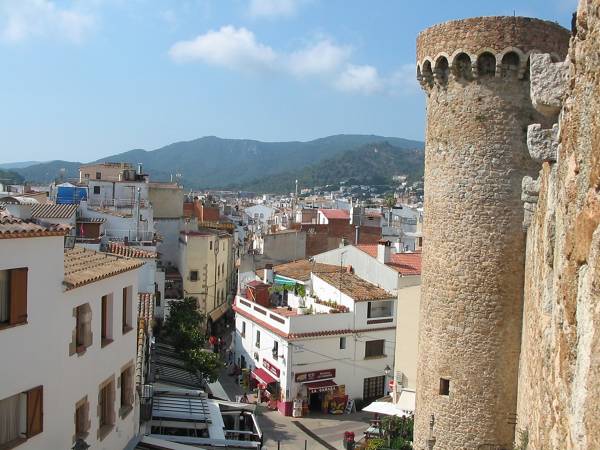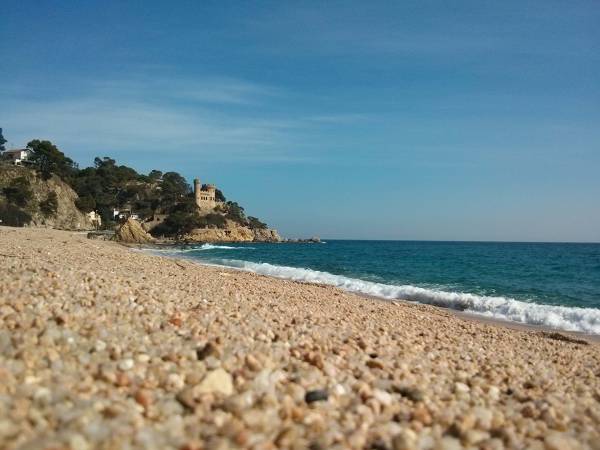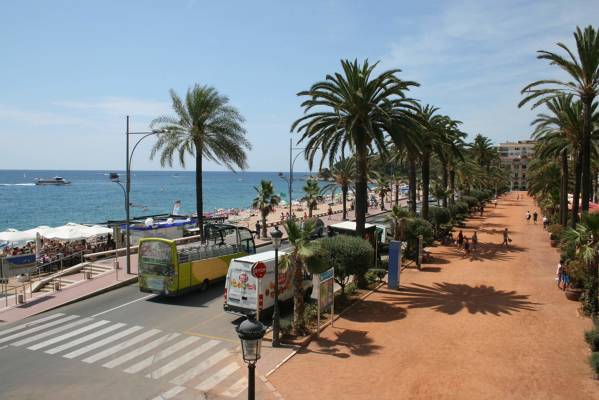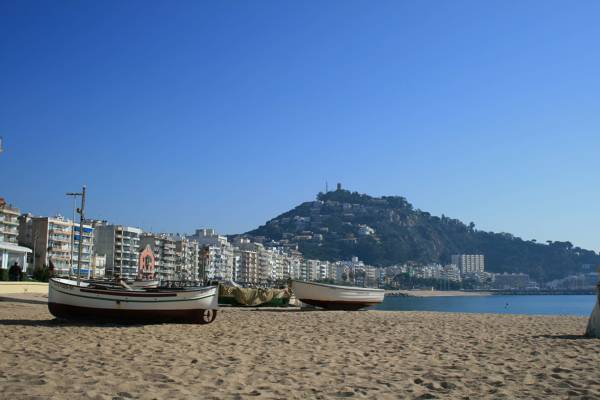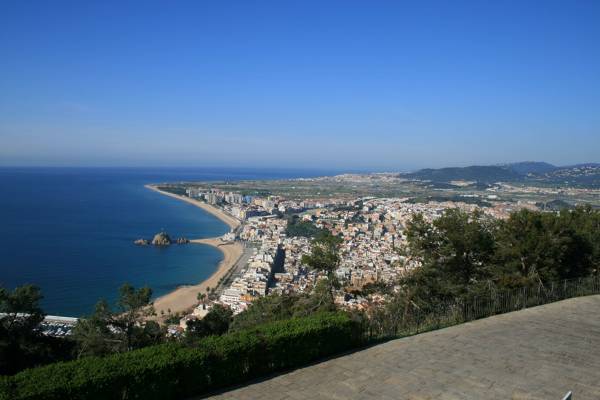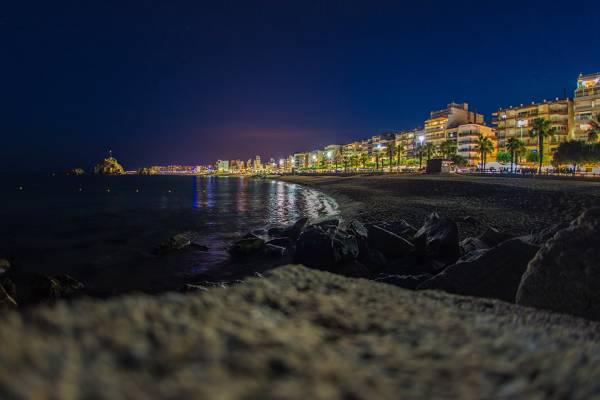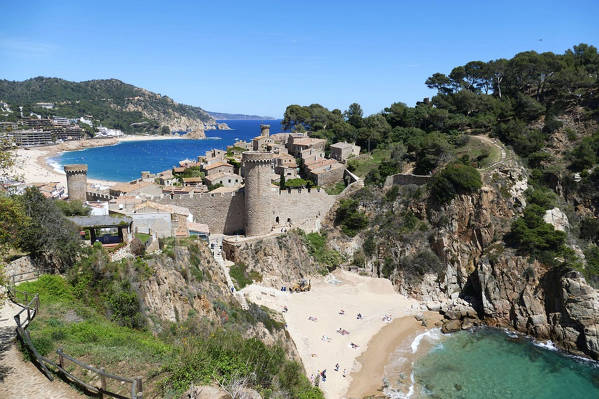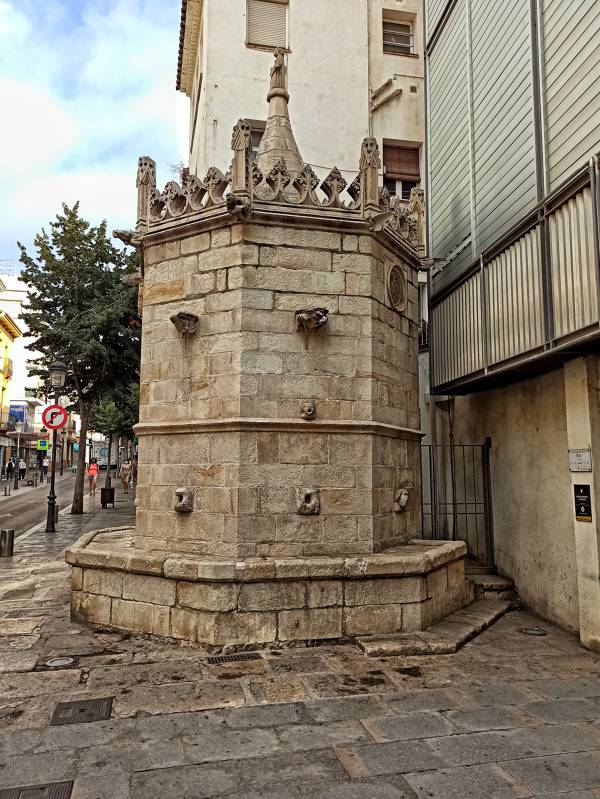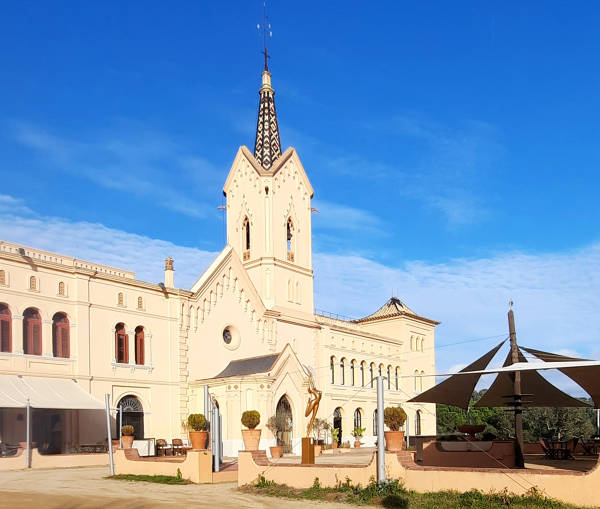
Data sheet
- Distance: 18 km
- Childrens: Suitable for children
Indianos were traders and adventurers during XVIIIth, XIXth and the beginning of the XXth century that departed from some point of catalan coast to search fortune in the spanish American colonies.
Years later, a lot of them came back to its origins and invested its fortune in houses and other buildings that in our days represents the best legacy of that architectural age. Some buildings that mix the neoclassical styke with neogothic, modernism and, obviusly, the colonial architecture.
Some Costa Brava towns has an important inidiano legacy: Begur, Palafrugell, Calonge o Sant Feliu de Guíxols. We will focus in a beautiful route that we can do it in one day.
Tossa de Mar
We start our day in Tossa de Mar. If we park the car near the tourism office, go down through Pelegrí avenue that connect with La Guàrida street, our first stop. In the number 6 of this narrow and crowded street, we will find Casa Esteve-Llach, one of the most symbolic indianos family in the town.
This street connects with the little Plaza de España where we find the spectacular Casa Mequedà, with a majestic facade that shows trade allegories, the activity that enriched the family.
Next to Casa Mequedà, we can see the facade of the current Hotel Diana, a building that belonged to a cork trader that made its fortune in Colombia. If we go to the promenade to contemplate its maritime facade, we can distinguish some architectonical elements of Gaudí.
At this point, we will want to take a walk through Vila Vella of Tossa, that although it isn't inside the indianos route, it is interesting to visit. But before, we will find the Parish Sant Vicenç Church that was built because of the town necessities and the growing out the city walls. In its finance also take part some indianos, investing money in the facade, the alterpiece and the interior paintings.
Now, before going to Lloret, we can take a relaxing walk through La Vila Vella.
We will take our car and go through the highway that separate Tossa and Lloret de Mar, that will leave to us some beautiful pictures of our steep coast.
Lloret de Mar
We start our part of the indianos route in Lloret de Mar taking a walk next to the beach. The promande will lead us to Casa Garriga, that was property of a building businessman that made fortune in Cienfuegos. Nowadays this building is Museo del Mar, a very recommended visit.
Without separating of the sea, we will continue walking through Paseo Jacint Verdaguer, that was promoted by the indianos businessmen to built a lot of their houses. At this point it is recommended to take a stop to drink something in one of the terraces and enjoy the excellent views of Lloret de Mar.
Going to the centre of the town, we will go to the church square, where we will see one of the most beautiful architectural monuments in all the town, Sant Romà Church. Originally, this temple was built following the premises of catalan gothic. At the beginning of the XXth century, experimented an important remodelling under the influence of the modernism, financed by the indianos businessmen.
At this point, we can let ourselves lose inside the contiguous streets of the church and, if we are hungry, look for a restaurant to eat between the big gastronomic offer that Lloret has.
At the afternoon, we can take a walk of 15/20 minutes, to go from the centre of the town to an other of the most symbolic monuments of the town, its incredible modernist cemetery. At the end of XIXth century the indianos motivated its reform and implicated some well known architects like Josep Puig i Cadafalch.
It is time to return to our car and go to the last point of the route, Blanes. If we see that we still have a lot of time left, it is a good option visiting Sant Pere del Bosc monastery, another excellent reform work of Puig i Cadafalch. To do this visit we have to alter the course of the route and go inside the forest.
Blanes
We will start this stage in Blanes in Esperança street, chose by a lot of indianos to fix its home there. On both sides of the street we can distinguish easily the houses that still survive. One of the most representatives is Can Gallet, in number 14.
Following our parallel route to the beach, we will arrive to Passeig de Dintre, another street dotted by the indianos architechtural testimony. In this route stage, we stand out the number 2 of the street, where we find Can Massó, the residence of an important businessman that earn a big fortune in Guayama (Puerto Rico).
Entering more to the town centre, in five minutes, we will find Sant Jaume Hospital, located in Jaume Arcelos, 1 street. Financed by some indianos of the town and inaugured in 1913, it is a beautiful exhibition of the architectural legacy of that era.
If we have time, before closing, it is recommended take a walk through the main avenue in Blanes cemetery, where we will see beautiful pantheons of neogothic style belonging to some of the most outstanding indianos families.
We cannot leave Blanes before taking a nice walk through Ample street, and contemplate its fabulous Gothic Fountain. Although it its out of the concept of out route, visit this little jewel it is always a pleasure.
